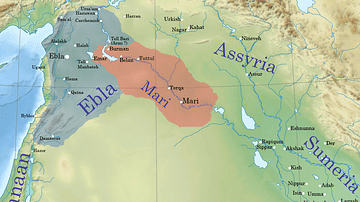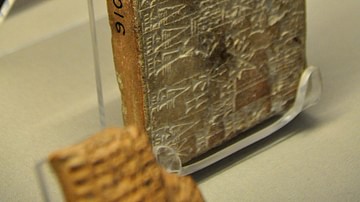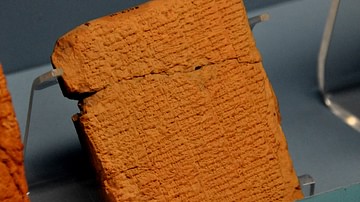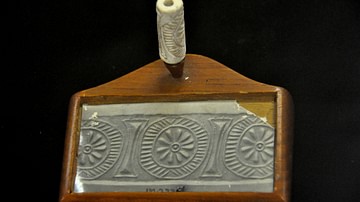Illustration
A locator map of Hammurabi's Babylonia, showing the Babylonian territory upon his ascension in 1792 BC and upon his death in 1750 BC. The river courses and coastline are those of that time period — in general, they are not the modern rivers or coastlines. This is a Mercator projection, with north in its usual position.
There is some question to what degree the cities of Nineveh, Tuttul, and Assur were under Babylonian authority. While in his introduction to his code of laws, Hammurabi claims lordship over these cities, Roaf does not include any of these in his map, upon which this map is based, and Chevalas states that "Assur and Nineveh were held for a very few years" (p. 155). Therefore, I have not included them as under Hammurabi's control in 1750 BC.
References
- File:Hammurabi's Babylonia 1.svg - Wikipedia, the free encyclopedia, accessed 1 Dec 2016.
Cite This Work
APA Style
MapMaster. (2012, April 26). Babylon at the time of Hammurabi. World History Encyclopedia. Retrieved from https://www.worldhistory.org/image/73/babylon-at-the-time-of-hammurabi/
Chicago Style
MapMaster. "Babylon at the time of Hammurabi." World History Encyclopedia. Last modified April 26, 2012. https://www.worldhistory.org/image/73/babylon-at-the-time-of-hammurabi/.
MLA Style
MapMaster. "Babylon at the time of Hammurabi." World History Encyclopedia. World History Encyclopedia, 26 Apr 2012. Web. 14 Apr 2025.







